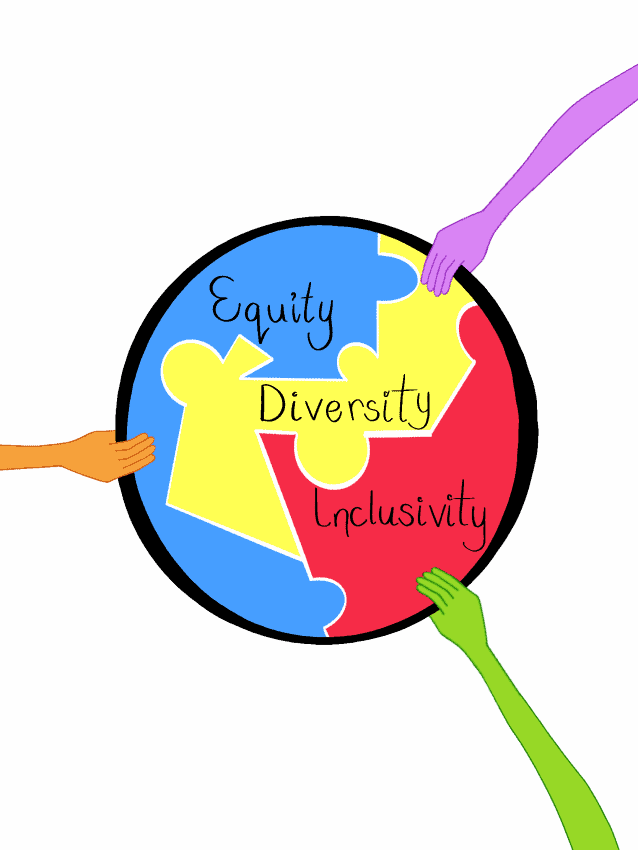The University of Saskatchewan is part of the federal Dimensions pilot program for Equity, Diversity, and Inclusion groups. The U of S was selected from various universities that applied across Canada.
The EDI working group at the U of S, sponsored and initiated by University President Peter Stoicheff, is an initiative oriented towards a federal goal of creating a diverse environment on campuses to encourage academic and institutional growth. The working group has brought together 16 members with different roles on campus.
“We [work with] an advisory group and that group is specifically recruited to provide a diversity of viewpoints, perspectives and lived experience,” Catherine Trask, a member of the group, said. “This is the group that is doing most of the planning and the strategizing.”
Trask says that the diversity that the working group aims to foster is beneficial for effective and innovative campuses.

“When folks are [working] in more diverse teams, the collective intelligence is higher and folks come up with more innovative ideas, more strategies that end up being more successful,” Trask said.
On the other hand, diversity is also important for the university’s fundraising. Trask says that the major funding bodies for scholarly research “are increasing their requirements for diversity and inclusion from research institutions that are submitting applications.”
Although the working group at the U of S has a focus on completing requirements provided by funders, Trask notes that there are more goals to achieve than those listed.
“We really wanted as much as possible to make best practices and to give [the] University of Saskatchewan the opportunity to lead when it comes to equity, diversity and inclusion,” Trask said. “So this meant that we needed to think a little more about what all the opportunities are for, not just meeting the bare minimum but doing the best job we can.”
The working group is still in the planning stage. Their process will start with an assessment for select groups on campus, followed by focus groups to talk about experiences involving equity, diversity and inclusion. Once priorities are chosen, another set of workshops will take place to plan out how to implement the priorities.
Trask says that although the working group will persist to achieve these goals, the biggest challenge will involve prioritizing select objectives from a wide range of issues that are brought up during meetings.
“[We] are inviting as many diverse viewpoints to the table as we can so that we’re hearing the potential advantages of each of these directions that we could go in,” Trask said.
Saskatchewan’s demographic, in terms of the proportion of First Nations and Métis people, also reportedly plays a role within the group’s priorities. Jackie Ottmann, Vice-Provost of Indigenous Engagement, is the co-chair of the EDI working group.
The U of S plans to implement yearly priorities in the EDI working group. The group might implement changes starting in September and develop from there with regular assessments of their progress.
The working group’s focus right now is on asking questions to better the U of S’s environment and to encourage individuals at the university to be more empathetic.
“The vision is for … the teaching and learning and student experience to be elevated and improved through the equity, diversity and inclusion initiatives,” Trask said.
“No matter who you are, being in an environment that is more equitable, more diverse and that feels more inclusive has more of that sense of belonging that’s going to improve an educational experience.”
—
Fiza Baloch
Graphic: Shawna Langer / Graphics Editor